Travel Report: Choeung Ek Killing Fields, Cambodia.


Choeung Ek Killing Fields, Cambodia.
Please note: You may find the story and images presented in this article deeply upsetting. Thus I wouldn’t blame you for sitting this one out. For those of you who do proceed, I’m guessing this is going to be as difficult to read as it was for me to write.
December 2015 & September 2020. If one wants to truly understand the horrors of life in Cambodia under The Khmer Rouge, it is necessary two visit too awful sites. We had already spent an afternoon at Tuol Sleng Genocide Museum, home to the country’s largest prison and torture centre between 1975 and 1979.

Khmer Rouge leader Pol Pot (front left) and his closest cadres, 1975.
Located in the heart of Phnom Penh, the Cambodian capital, they say twenty thousand people passed through Tuol Sleng’s gates. Some died there as a result of the brutal interrogations they received. Those who survived found themselves charged with crimes against the nation. Which meant transportation to Choeung Ek, a rural execution site 17 kilometres south of the city centre.

On the way to Choeung Ek Killing Fields.
Sladja and I found the Tuol Sleng experience so depressing we decided to have a day’s break before tackling Choeung Ek. According to our phone maps, the drive from central Phnom Penh should’ve taken a brisk twenty minutes. However, the traffic that day was appalling. Hence it was around forty five minutes before our tuk tuk finally rumbled to a stop outside Choeung Ek Genocidal Centre.
Choeung Ek Killing Fields, Cambodia.

Choeung Ek Genocidal Center.
At Tuol Sleng we’d seen maybe a handful of other people. Here, at Choeung Ek, it was absolutely dead. Not a single other visitor throughout our entire visit. No wonder the man behind the counter at the ticket booth looked surprised to see us.
Once interrogated prisoners had signed their confession letters at Tuol Sleng, the cadres sent them off to the so-called Killing Fields. Formerly a thriving region of orchards and farmer’s fields, The Khmer Rouge repurposed the area known as Choeung Ek as a centre for mass murder.

Choeung Ek Killing Fields.
One of the first things we saw was a small wooden info board announcing the spot where trucks would stop with new groups of prisoners. For the most part victims were blindfolded and in some cases gagged.

On the way to Choeung Ek Killing Fields.
They were then immediately led off to freshly dug mass graves. Occasionally, if there weren’t enough guards to deal with them, they’d be taken to one of several wooden holding cells. And there they remained, shackled to iron bars until it was time.

Choeung Ek Killing Fields.
Another board marks the spot where a large storage room once stood for digging tools and murder weapons. The structure, destroyed by The Vietnamese in 1979, had been wooden with a galvanised steel roof. It contained, among other items, hatchets, spades, forks, hoes, shackles and knives.
Cambodia’s Genocide Years.

Choeung Ek Killing Fields.
Moreover, The Khmer Rouge had a building for storing chemical substances. They kept DDT, for example, which executioners scattered over the bodies shortly after death. This helped soften the stench that came from the mass graves. It also served to finish off anyone inside who was still conscious.

Choeung Ek Killing Fields.
From there we took the boardwalk path through the fields themselves. It was a totally different experience to that of Tuol Sleng, where we’d seen the faces of the victims and read the terrifying details of individual stories. Here, we found ourselves in a beautiful, perfectly peaceful nature reserve.

Choeung Ek Killing Fields.
A number of covered pits, sealed off by a wooden fence, show where bodies were discovered following the fall of The Khmer Rouge. Recovery teams documented approximately 9000 people from across Choeung Ek. The below pit held around 450 victims.

Choeung Ek Killing Fields.
In between the pits, there’s the occasional covered gazebo with a glass exhibit. This one, pictured below, contains discarded clothing gathered from around the site in 1979.
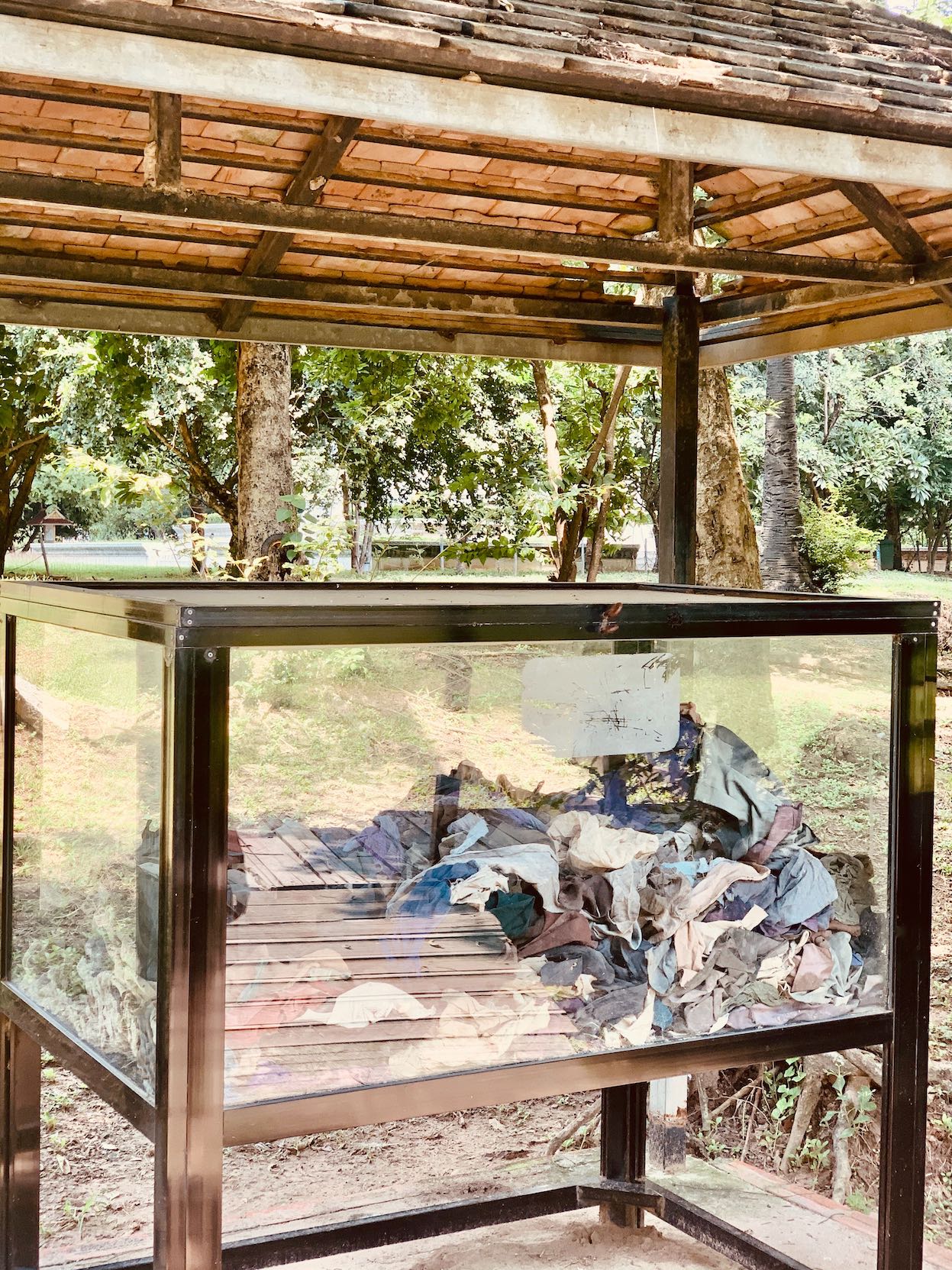
Choeung Ek Killing Fields.
In another gazebo, nearby, there’s a collection of bone fragments unearthed in 1980.

Choeung Ek Killing Fields.
Another mass grave, we read, held 166 people. Nearly all the bones and skulls found within this pit now lie on display in the towering memorial stupa we would see at the end of our visit.
Choeung Ek Killing Fields, Cambodia.

Choeung Ek Killing Fields.
Those who manage and maintain the site have made it so pretty and peaceful I just had to shoot a video to give a sense of how reflective Sladja and I were feeling that afternoon. At that precise moment we were the only two people on Earth visiting Choeung Ek. And the only sound was that of the birds tweeting and flitting from tree to tree.
In stark contrast, we had to imagine the awful sounds that must have rung out here during those genocide years. This was brought into sharp focus when we arrived at the so-called Killing Tree.

Choeung Ek Killing Fields.
The simple wooden sign says it all. This is where cadres beat children to death. In fact, The Khmer Rouge didn’t use guns at all because bullets were expensive. Today visitors honour those who died here by placing a decorative friendship bracelet on the tree.
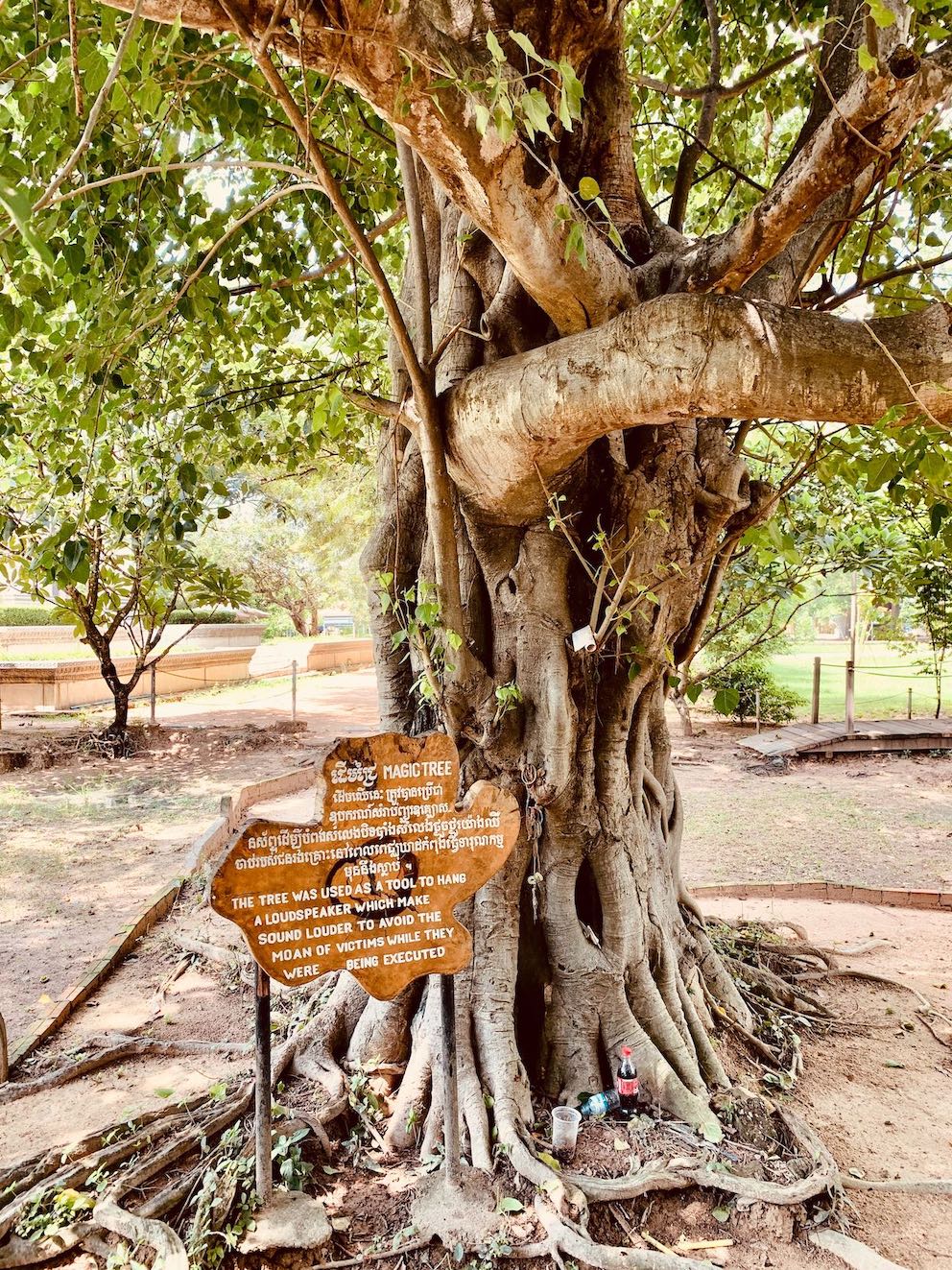
Choeung Ek Killing Fields.
Elsewhere, cadres hung loudspeakers around this Magic Tree. They played music and political announcements in order to drown out the noise of the executions. I have no idea why it’s called The Magic Tree. Indeed this title bothered me a great deal, playing on my mind for the rest of the day.
Cambodia’s Genocide Years.

Choeung Ek Killing Fields.
Prior to 1975 a part of the orchard featured an ancient Chinese cemetery. In all the mayhem that ensued The Khmer Rouge managed to destroy most of the headstones. Nevertheless, a few remain and have been preserved as part of the site.
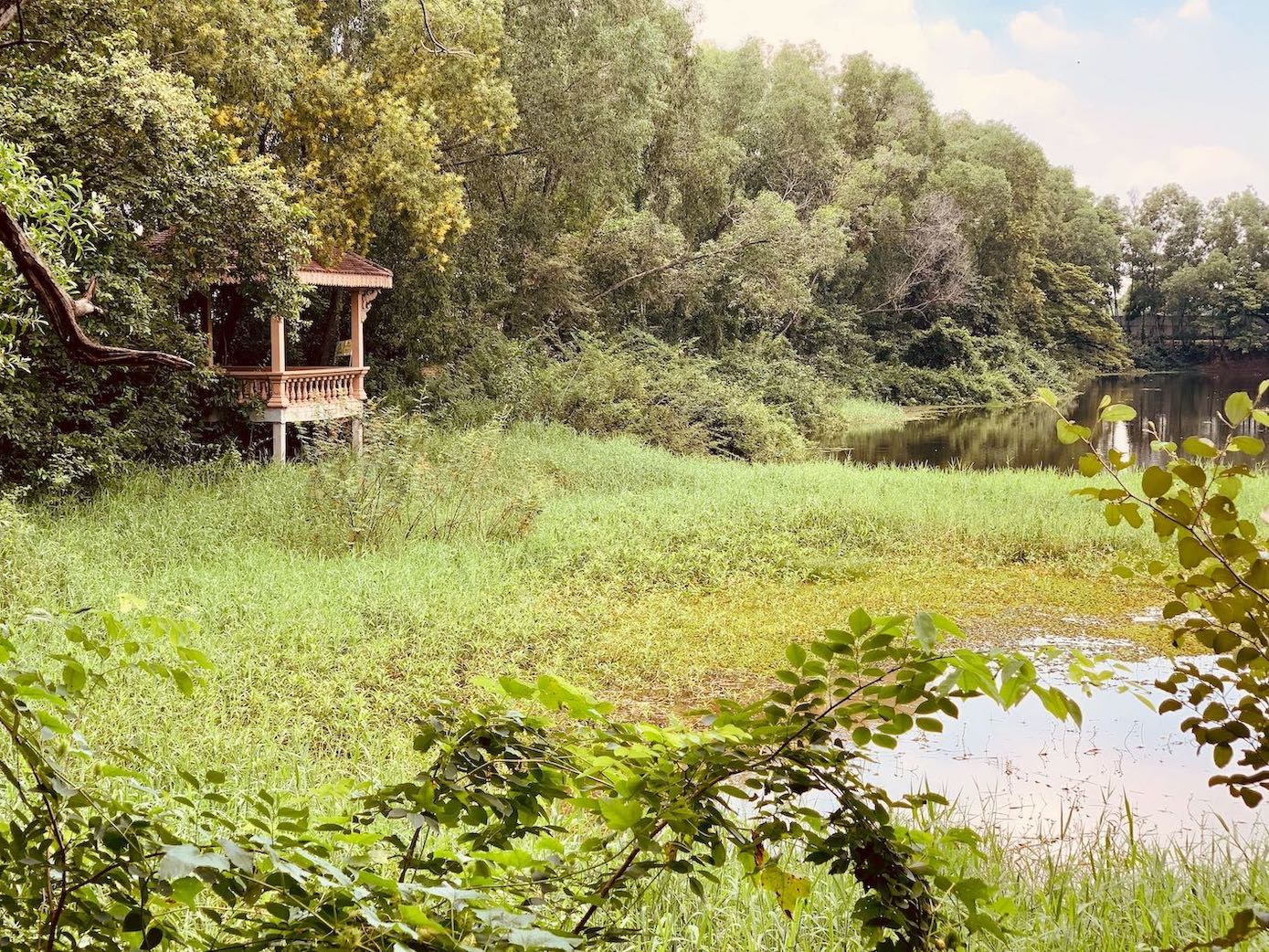
The Conservation Dyke.
The area surrounding the main concentration of mass graves is now a gorgeous conservation dyke. The group that maintains Choeung Ek created it in 2000 as a means to protect the site from flooding.
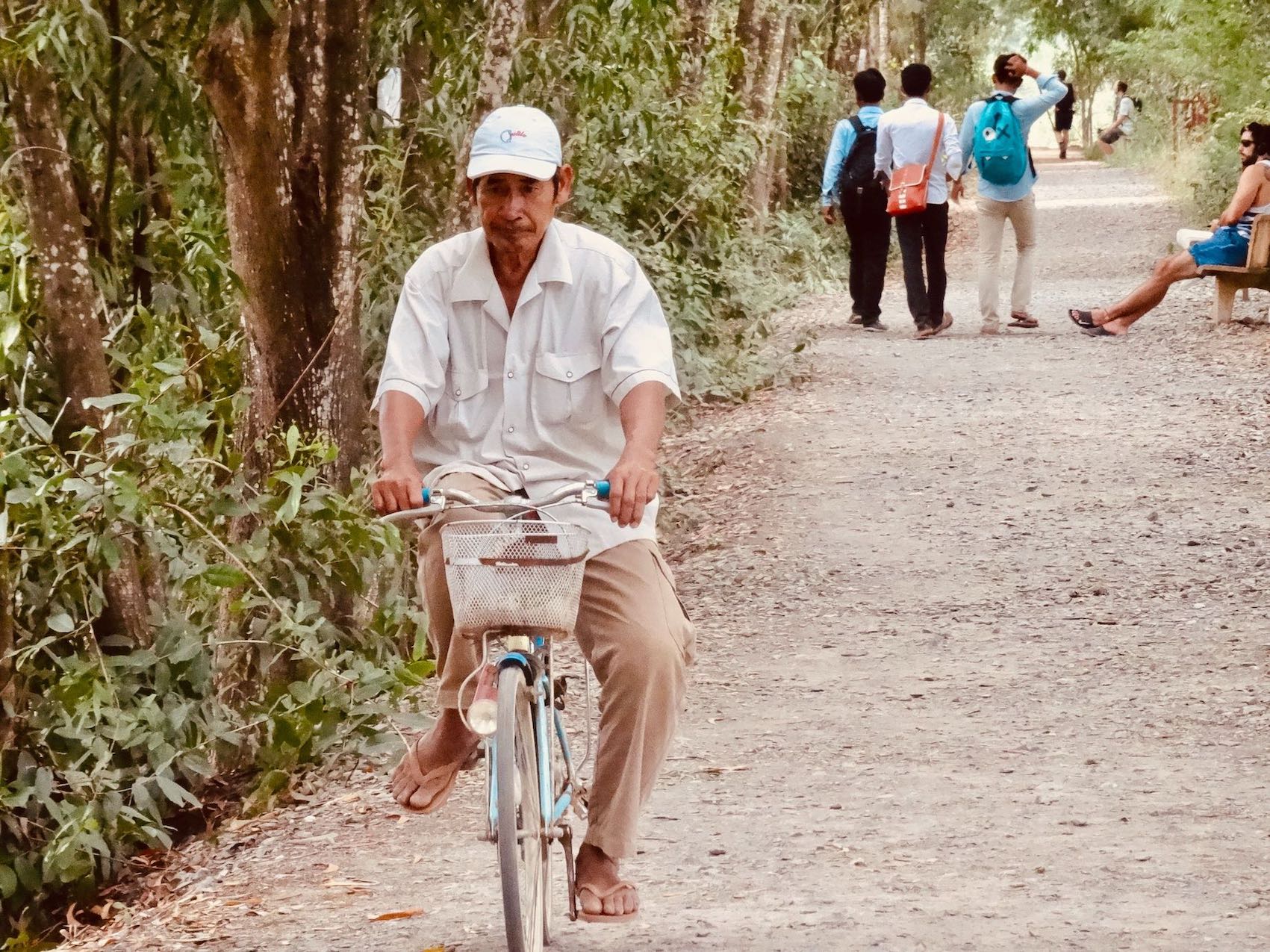
Choeung Ek Killing Fields.
A nature trail loops from the boardwalk path right around the dyke, taking you back to the beginning. I remember the path being busy back when I first visited in December 2015. An old man cycled by and tourists rested on the various benches. What’s more, local school kids used it as a shortcut to the farmhouses they lived in nearby.
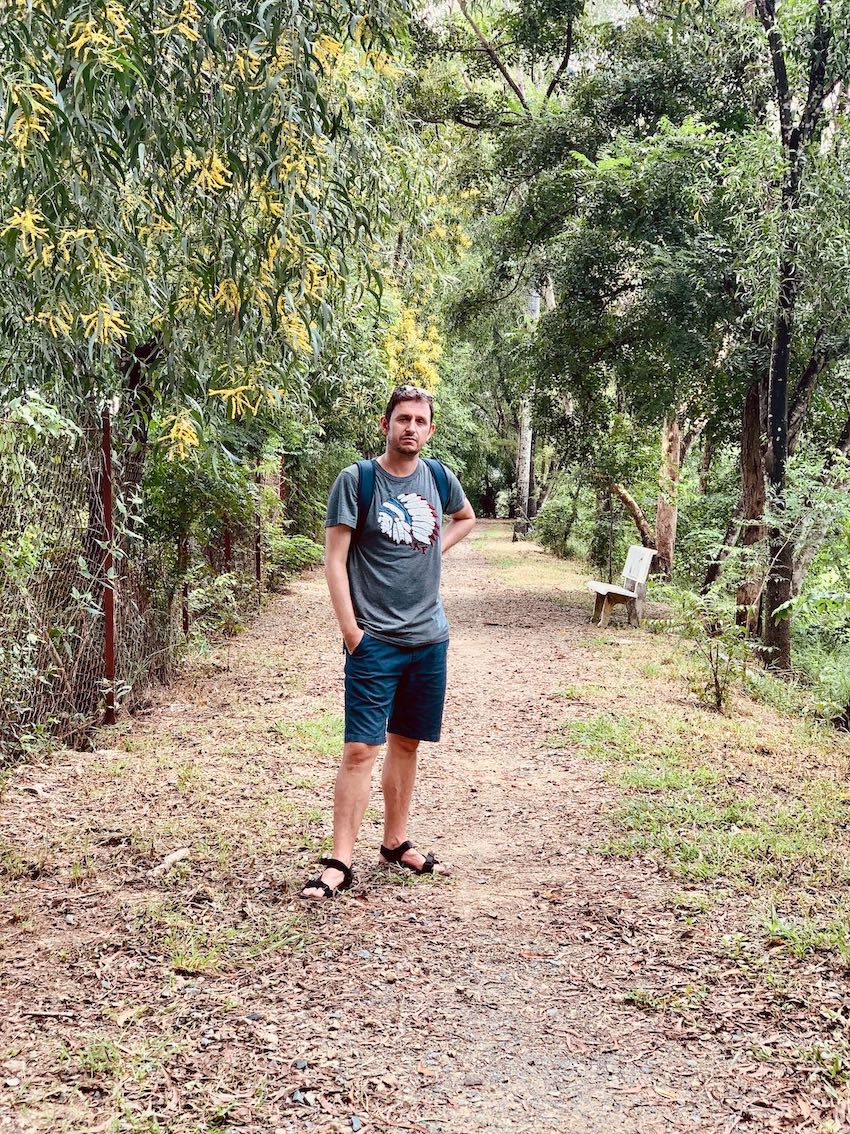
Choeung Ek Killing Fields.
But that day of course it was just us, the birds and a sudden increase in buzzing insects.

Choeung Ek Killing Fields.
The best viewpoint comes from the gazebo overlooking the dyke. This is where Wonderboy and I hung out with our audio headsets in 2015. It’s a little corner of Cambodia where time seems to have stood still. And a fitting spot from which to ponder how such an awful thing as the Cambodian genocide could have been allowed to happen.
Choeung Ek Killing Fields, Cambodia.

The museum.
The center has a small museum with an exhibit on how Choeung Ek operated on a daily basis. It also has a small theatre that shows a film about Pol Pot and the genocide years. Unfortunately, or perhaps fortunately bearing in mind how we were feeling, the museum was closed that day.

The Memorial Stupa.
Before leaving, we stopped by the memorial stupa, built in 1988. Made from stone and featuring acrylic glass windows, the Buddhist structure houses around five thousand human skulls retrieved from the mass graves. They’ve been carefully stacked according to gender and age.

Choeung Ek Killing Fields.
Nearby, at the centre of a simple but pretty garden square, there’s a memorial statue to the people who lost their lives at Choeung Ek.

Choeung Ek Killing Fields.
For those of you brave enough to delve deeper into this dark chapter of Cambodian history, look no further than Surviving a Living Hell: a written memoir by Sokphal Din. Choeung Ek also finds itself at the heart of the Oscar-winning 1984 movie The Killing Fields.

I’ve written a bunch of articles about Cambodia’s genocide years. You may also want to check out my pieces on:
Tuol Sleng Genocide Museum (Phnom Penh)
Phnom Sampeau Killing Caves (Battambang)
Dy Proeung’s Miniature Replicas of Angkor (Siem Reap)
Wat Thmey Pagoda (Killing Fields Siem Reap)
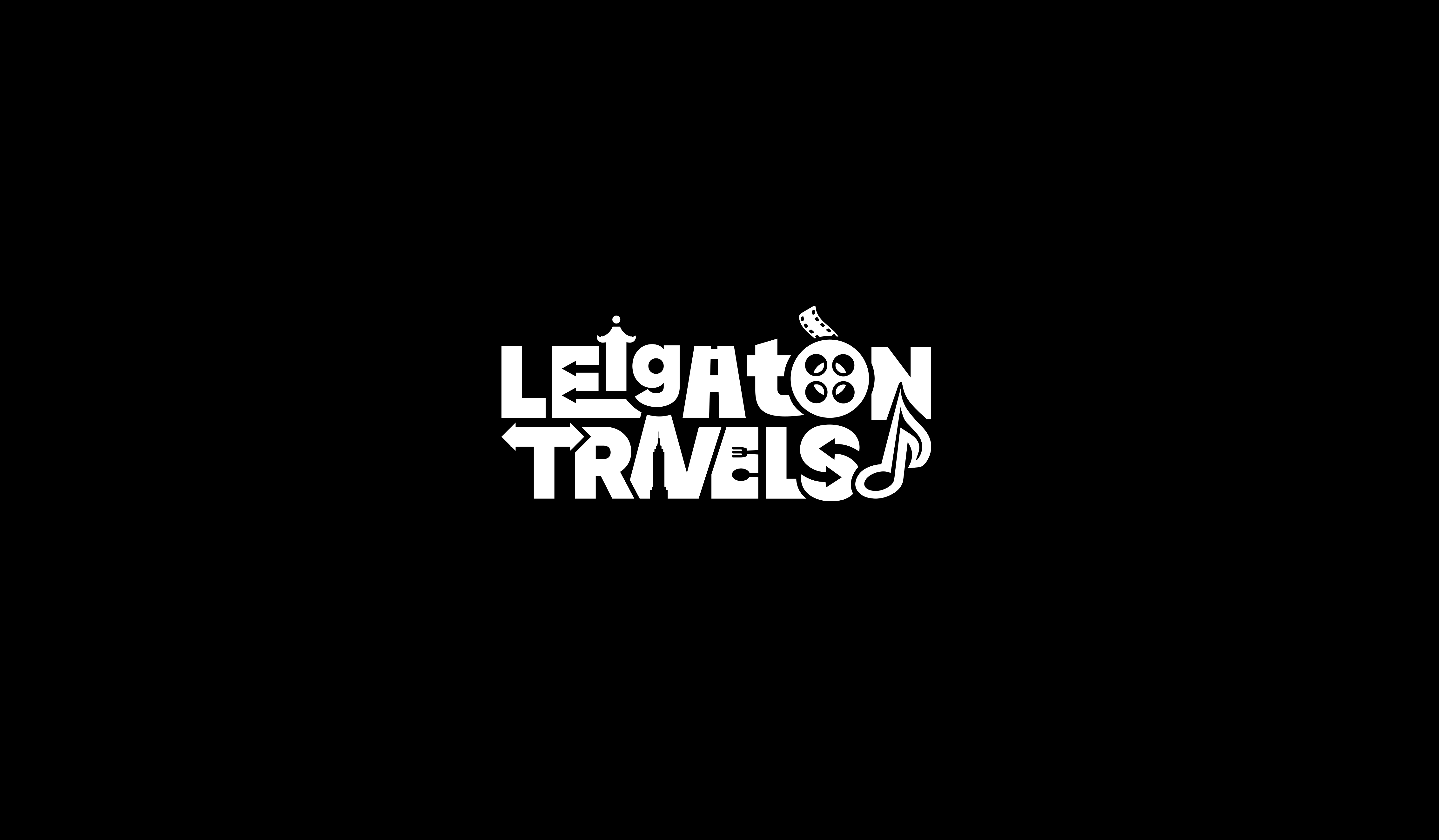
For more info on my adventures in and around the city, have a leaf through my other reports from Phnom Penh.
Like these? Then why not have a look at my articles from across Cambodia.
I’ve been living, working and traveling all over the world since 2001. So why not check out my huge library of travel reports from over 30 countries.
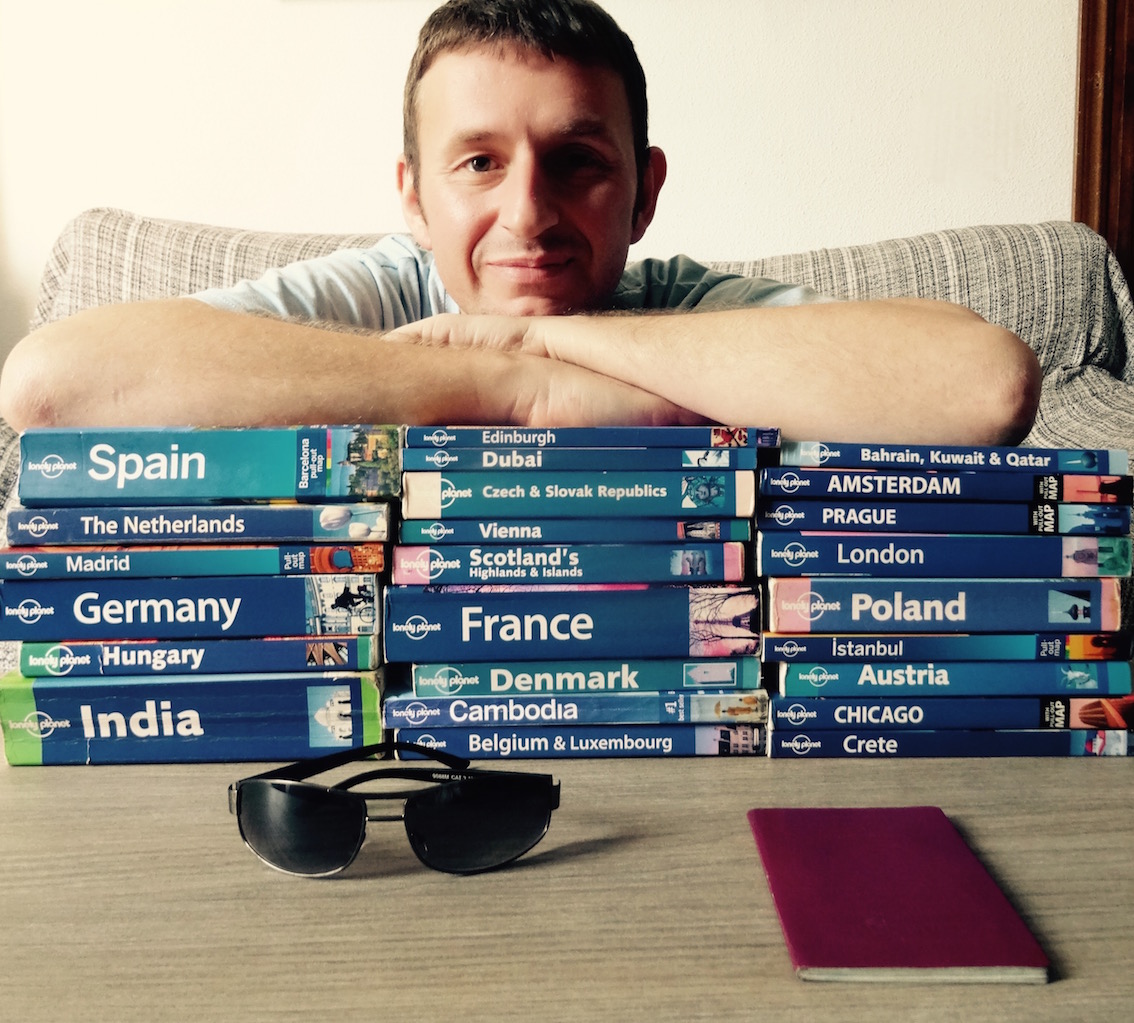
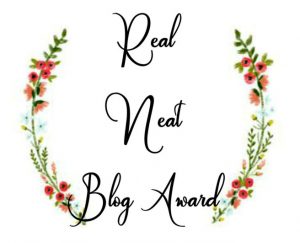


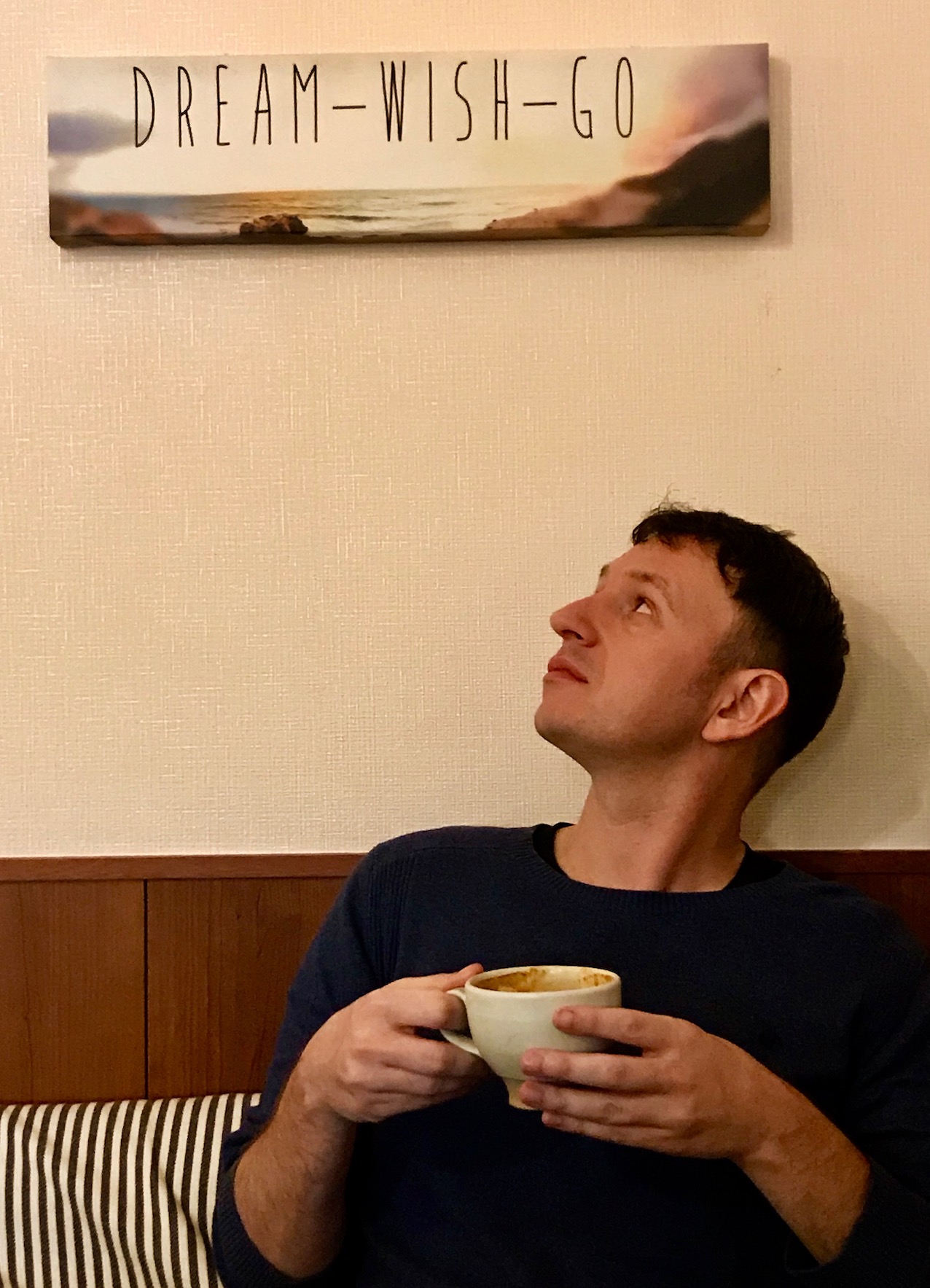
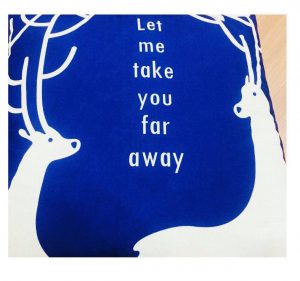

34 Comments
Although we weren’t the only ones here when we visited, we had come first thing in the morning so it was pretty quiet (the tour groups all go to Tuol Sleng first I believe) and we too experienced that disconnect between the beauty and peacefulness of the setting and the traces of what had happened there. I found the Killing Tree the hardest to stomach/comprehend. We did go in the museum and I found the short film about the local farmer who first discovered the Killing Fields here very interesting. It also dealt with how the preservation of the site and its transformation to memorial to the dead very well. But somehow I missed seeing that memorial statue, unfortunately.
Thanks for reading Sarah. What a pity I couldn’t get inside the museum this time around. I will never forget Sladja and I being the only two people there.
It’s hard to comprehend such atrocities taking place Leighton but like you I think I would still wish to visit to pay my respects and wander through the now peaceful setting. Thanks for sharing this harrowing post with us. Marion
Thank you Marion, have a great week.
Your article is, as usual, well done, Leighton. While I was reading it I was taken back to the movie. It took me days after I watched it to not think about it. We always want to say “never again” when learning about something like this, but we’ve not yet arrived there. I wonder what it will take or whether we’ll never get there.
Sadly I’m not sure we’ll ever get there Mary, but I hope I’m wrong. Thanks for reading and for taking the time to comment. I hope all is well in sunny Oaxaca.
Why do people follow and allow such megalomaniacs to come to power? What looks like charisma at first must be narcissism and pyshcosis. Thanks for sharing. We must all see these places to understand what evil looks like. Stay well. Allan
I think you’ve summed it up Allan. There are just no words. It’s all such a terrible waste. I’m happy to have shared these two pieces, but happier that they’re now out of the way. Thanks for reading, as ever.
Another difficult piece that you’ve written with incredible grace. Such horrors to take place in such a beautiful place. Places like this give us pause to honor those lost there and serve as a reminder to treat each other with more kindness and understanding.
Thank you Meg for reading another terrible chapter of recent history. I’m happy to say my remaining posts from Phnom Penh cover much happier subjects.
The cruelty is just appalling …
I have no idea how you’ve managed to write about this terrible piece of history (like I’ve said before, I can hardly read it) … it can’t be easy, but you did it in such a kind and sympathetic way that I can honestly say you’ve honoured the dead.
Kind words, thank you very much. I’m happy to be moving onto brighter material from Cambodia’s capital.
We visited the killing fields in 2018 and hearing the whole story and seeing everything really disturbed us all. The Killing Tree had us all shook. I couldn’t get myself to go near the stupa. It was an experience of sorts. Not something I’d do again.
Thanks for reading and commenting. I certainly would never have expected to visit a second time.
I could be wrong but I assume you were alone because Covid was keeping foreigners from traveling. Still visiting such a place as the only human presence had to have made you feel even more isolated. I can’t imagine seeing some of this without even a voice murmuring in the distance. I usually enjoy museums but I’m almost glad this one was closed. The collection of skulls provides an interesting contrast of cultures. You would never see that in the western world but for Buddhists it is a way to honor them. I prefer the starkness of the display as a way of emphasizing the horrific practices of this place. Thank you for your sensitivity and perseverance.
Thanks Memo, the skulls are all over Cambodia at the various genocide memorials. Seeing both of these sights with no other people was definitely a one off experience, for better or for worse.
A chilling but fascinating experience. A reminder of a poignant film
Yes, I haven’t seen The Killing Fields in years. Thanks for reading!
During my visit there was also this poignant feeling of touching horror. It is difficult to put words to this horrible tragedy. One would like to believe in a better world where this could not happen again.
Thanks for reading and for your thoughts.
Another harrowing place to learn about one of the darkest periods in human history. It’s unbelievable that Western schools (the US, the UK…) only dedicate a page to the Cambodian Genocide when it took thousands of lives. That’s why learning about such events on our travels really is an eye-opening experience, and I appreciate you sharing a tragic site once more.
That’s an interesting point about education. I had absolutely no idea about Cambodia’s genocide years until I was preparing to go and live there the first time around in 2015.
This really is very sad. I read what I could, but the tree where they beat children!??? **SOB** That’s horrific. However sad some history is, it still needs to be told and remembered so we can learn from it. great read!
Thanks for battling through what you could. It is indeed a sad place, but as you say, an important site for self education and to honour the victims.
It looks like there have been changes like the boardwalk since I visited this place in 2017. I only recall walking on dirt and seeing bits of clothing that worked their way to the surface. It is too bad everyone can’t experience the somber feelings here and at S-19. Your post does a great job of conveying (and bringing back) the experience.
I think the boardwalk was a very recent addition. Thanks for your thoughts John.
“Like” seems like the wrong response to this, really. However, I found the article moving and interesting. It’s not a part of history I know a great deal about, and I think it’s important that we do know more and remember what happened as a way of hopefully making sure it doesn’t happen again in any shape anywhere. Sadly, it has, and it will, but that doesn’t mean we can ignore it. Thank you.
Thank you Stella for these thoughts and indeed for suffering this post. It’s not a pleasant read and wasn’t a pleasant write either. Hope you and your family are safe and healthy.
Another great write up of a horrifying memorial. Even though these places are harrowing, they will definitely be on our agenda if and when we can resume our South East Asia trip.
Thank you guys. I hope your nostalgia trip is still going well.
Written up beautifully….I cannot even begin to comprehend the horror. Thank you for sharing and educating.
Yeah, Choeung Ek and Tuol Sleng are two of the most depressing places on Earth. Appreciate you reading Han, many would not.
When we were there it was so horrendous. A very gruesome site .Our cab driver walked us around and he was the only one in his family who survived. Seeing all the bones and skulls in the stupa was such a sad site to see.
Oh wow, sounds like some priceless personal insight there. Thanks for reading.